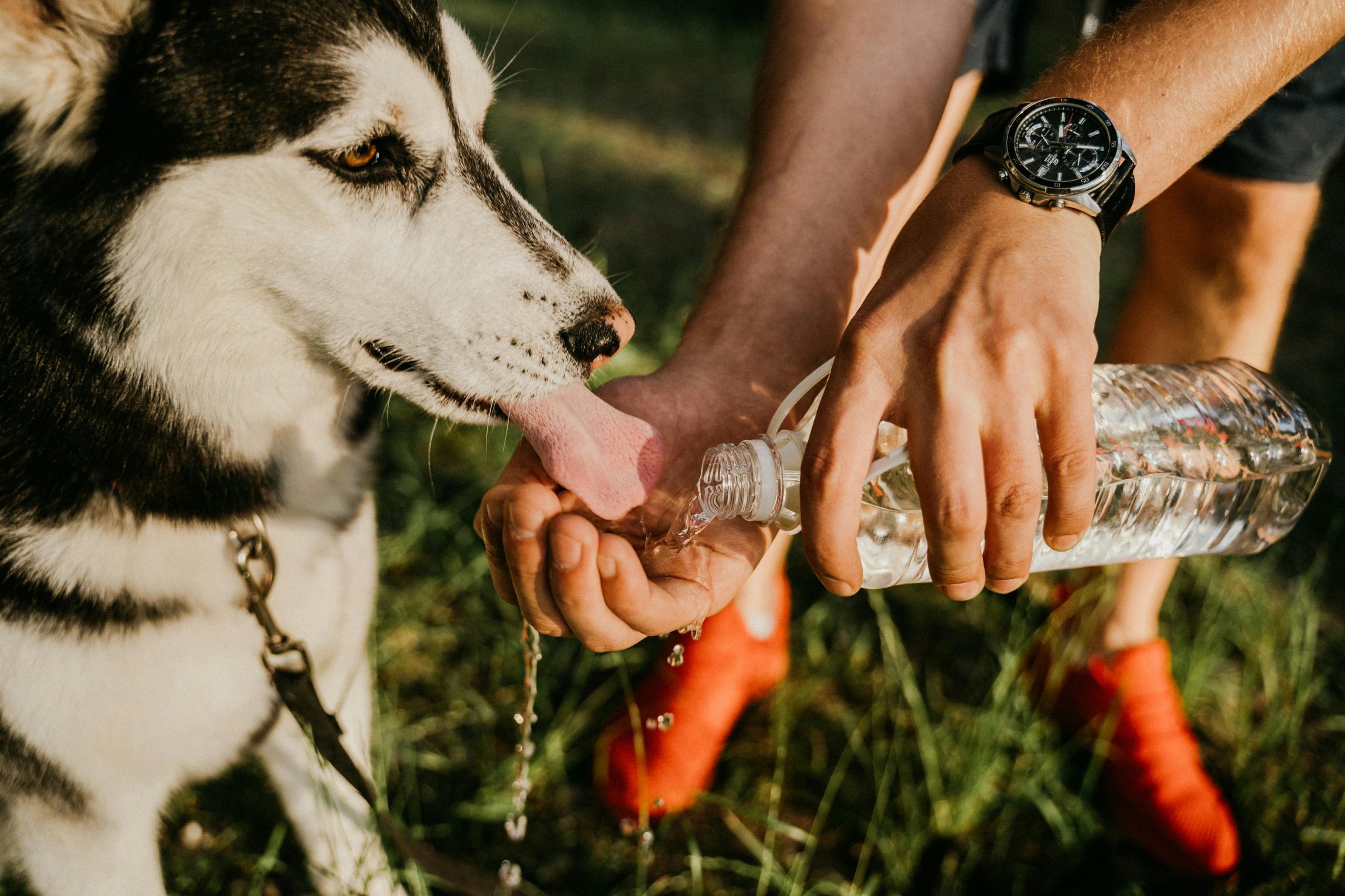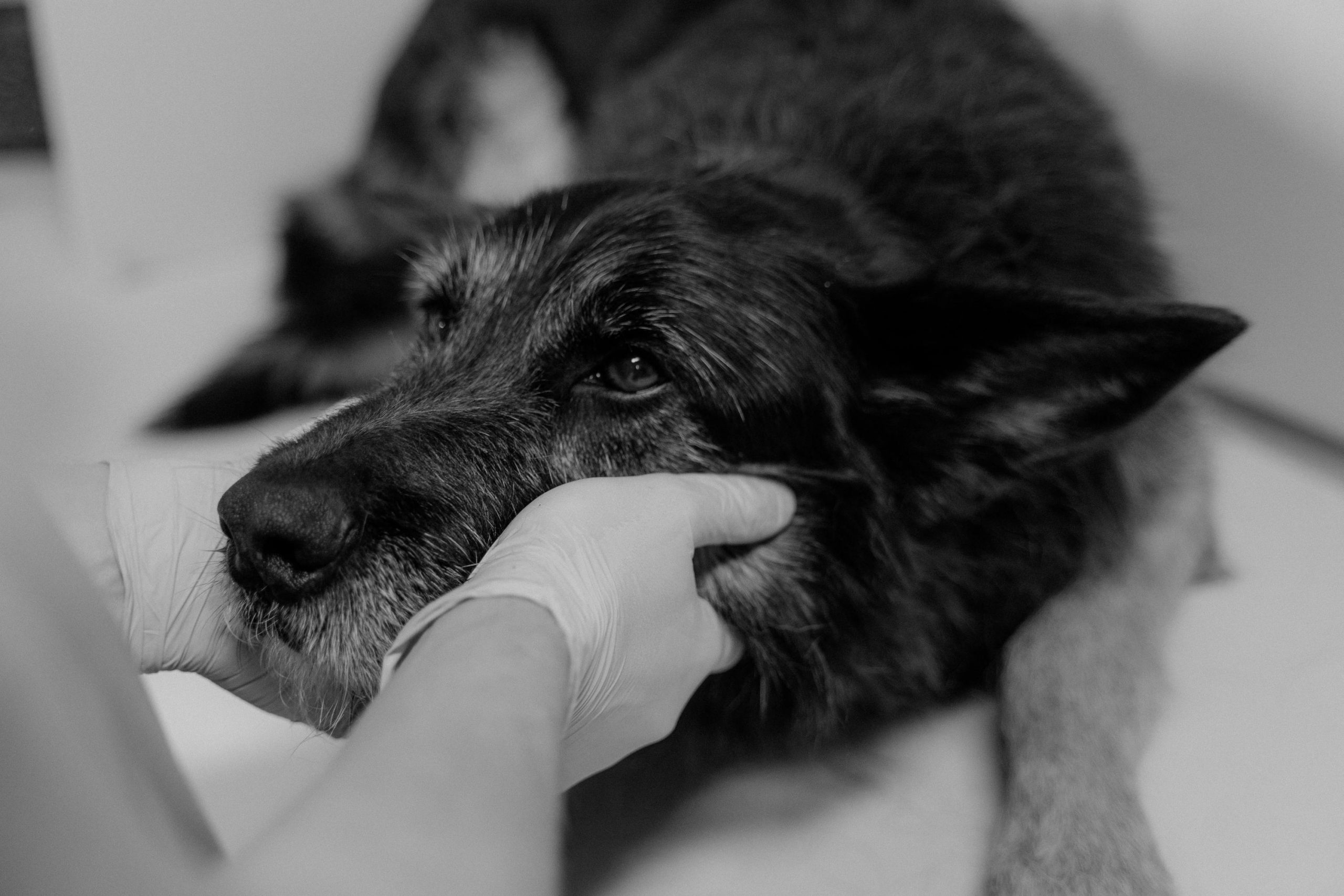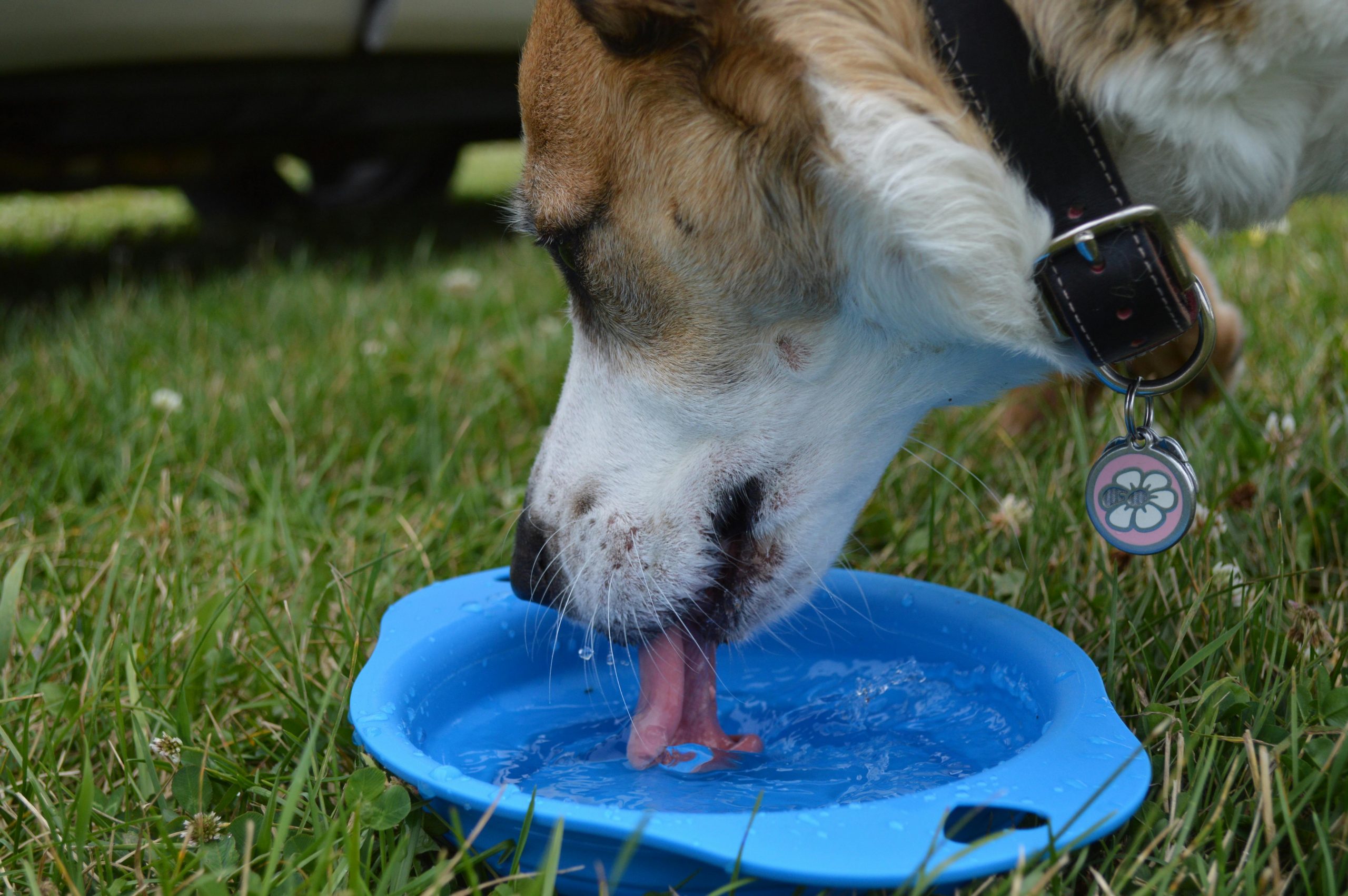
Is Your Dog Drinking More Water Than Usual?
If you’ve noticed your dog heading to the water bowl more often than usual, it’s normal to wonder what’s going on. Dogs need water to stay healthy, but drinking too much can sometimes be a sign that something’s wrong. In this article, we’ll explore the reasons behind excessive thirst in dogs, when it’s normal, when to worry, and what you can do to help.
How Much Water Should Dogs Drink?

On average, a healthy dog needs about 1 ounce of water per pound of body weight each day. For example, a 50-pound dog should drink roughly 50 ounces of water daily, which is a little over 6 cups. However, this amount can vary depending on several factors. Dogs that are very active or spend a lot of time outside in warm weather will naturally need more water to stay hydrated. Puppies and nursing mothers also require extra water to support their growth and milk production. Additionally, a dog’s diet plays a role; dogs eating dry kibble will typically drink more water compared to those eating wet or canned food, which contains higher moisture levels. It’s important to always provide fresh, clean water and monitor your dog’s drinking habits. Drinking too little or too much water can be a sign of underlying health problems, so if you notice any sudden changes, it’s best to consult your veterinarian.
Normal Reasons Your Dog Might Be Drinking More Water
There are several normal and common reasons why your dog may be drinking more water than usual. Understanding these factors can help you decide when to be concerned and when it’s just part of your dog’s natural behavior.
Hot Weather
During warm or hot weather, dogs tend to drink more water to stay cool. Unlike humans, dogs don’t sweat through their skin but cool down mainly by panting, which causes them to lose water rapidly. To replace this lost fluid, they naturally increase their water intake. On hot summer days or after being outdoors in the heat, you may notice your dog drinking more frequently to stay hydrated.
Exercise and Activity
Physical activity also raises your dog’s need for water. Whether your dog has been running around, playing fetch, or taking a long walk, they will drink more water afterward to replenish fluids lost through panting and exertion. Active dogs usually have a higher water requirement compared to less active pets.
Diet Type
What your dog eats can affect how much water they need. Dogs who eat dry kibble consume less moisture from their food, so they often need to drink more water to compensate. On the other hand, dogs eating wet or canned food get a lot of their hydration through their meals, so their water intake might be lower.
Medications
Certain medications can increase your dog’s thirst. For example, steroids and diuretics are known to cause increased water consumption. If your dog is on medication, check with your vet whether increased drinking is a normal side effect.
Age
Older dogs may drink more water than younger ones. Aging can affect kidney function, causing your dog to drink more to flush out toxins. This increased thirst in senior dogs is usually normal but still worth monitoring.
While these reasons for increased water intake are generally harmless, it’s a good idea to keep track of how much water your dog drinks every day. This way, you’ll be better prepared to notice sudden or unusual changes that might signal an underlying health problem.
When to Worry About Your Dog Drinking Too Much Water
 If your dog suddenly starts drinking a lot more water than usual, and there’s no obvious reason like hot weather, increased exercise, or a change in diet, it might be a sign of a health problem. This condition is called polydipsia, which means excessive thirst. Polydipsia can be caused by a range of medical issues, so it’s important to watch your dog closely for other symptoms.
If your dog suddenly starts drinking a lot more water than usual, and there’s no obvious reason like hot weather, increased exercise, or a change in diet, it might be a sign of a health problem. This condition is called polydipsia, which means excessive thirst. Polydipsia can be caused by a range of medical issues, so it’s important to watch your dog closely for other symptoms.
Here are some key signs to look out for if your dog is drinking more water than normal:
- Frequent urination or accidents in the house: Drinking more water usually means your dog will need to pee more often. If you notice your dog needing to go outside more frequently or having accidents inside, it could be a sign something isn’t right.
- Lethargy or tiredness: If your dog seems unusually tired or less active, this can be an indication that their body is struggling with an illness.
- Weight loss: Losing weight without a clear reason is a warning sign that your dog might be dealing with an underlying health issue like diabetes or kidney disease.
- Vomiting or diarrhea: These digestive problems can lead to dehydration, which may make your dog drink more water to compensate.
- Change in appetite: Whether your dog is eating less or more than usual, changes in appetite combined with increased thirst can signal a problem.
If you notice any of these symptoms along with increased thirst, it’s important to contact your veterinarian promptly. Early diagnosis and treatment can make a big difference in your dog’s recovery and well-being. Keep track of your dog’s normal drinking habits so you can spot sudden changes quickly. Your vigilance can help catch health issues before they become serious.
Common Health Issues That Cause Excessive Thirst
Several medical conditions can make your dog drink a lot of water. Here are the most common ones to watch for:
Diabetes Mellitus
This condition happens when your dog’s body doesn’t produce enough insulin, a hormone that helps regulate blood sugar. Without enough insulin, blood sugar levels rise, causing your dog to feel very thirsty and urinate more often. Dogs with diabetes may also lose weight unexpectedly and seem hungrier than usual.
Kidney Disease
When your dog’s kidneys aren’t working properly, they can’t concentrate urine as they should. This leads to increased urination and dehydration, making your dog drink more water to compensate. Kidney disease is more common in older dogs and can cause fatigue, loss of appetite, and weight loss.
Cushing’s Disease
Cushing’s disease causes the body to produce too much cortisol, which is known as the stress hormone. Dogs with this condition often have a rounded or pot-bellied appearance, thinning fur, and increased thirst and urination. They may also pant more and show signs of muscle weakness.
Urinary Tract Infections (UTIs)
A UTI can irritate your dog’s bladder, causing frequent urges to urinate. To stay hydrated, your dog might drink more water. UTIs can be painful and sometimes cause accidents in the house. Signs include licking the genital area or straining to urinate.
Liver Disease
The liver plays a key role in filtering toxins from the blood. When it’s not functioning properly, your dog may feel unwell and drink more water to help flush out waste. Other signs can include jaundice (yellowing of the eyes or gums), vomiting, and loss of appetite.
Infections or Fever
Just like humans, dogs may drink more water when they have a fever or are fighting an infection. Drinking extra water helps regulate body temperature and keeps them hydrated during illness.
Medications
Certain medications, such as prednisone (a steroid) or seizure medicines, can cause increased thirst as a side effect. Always check with your vet if you notice a sudden change in your dog’s water intake after starting new medication.
Hypercalcemia
This condition means there is too much calcium in your dog’s blood, often caused by cancer or other health problems. Hypercalcemia can lead to increased thirst and frequent urination, as well as vomiting, lethargy, and loss of appetite.
If your dog is drinking a lot of water and you notice any of these symptoms, it’s important to see your veterinarian for a proper diagnosis and treatment plan. Early care can help your dog stay healthy and comfortable.
What Your Vet May Do
If you take your dog to the vet because they’re drinking too much water, the vet will want to figure out the underlying cause. To do this, they may perform several tests and examinations. These tests help pinpoint if your dog has a medical condition that needs treatment or if the increased thirst is due to something less serious.
Blood Tests
Blood tests are a common starting point. They check your dog’s overall health and look for signs of problems like diabetes, kidney disease, liver issues, or infections. The vet will measure things like blood sugar levels, kidney function, liver enzymes, and calcium levels to gather important clues about what’s causing your dog’s excessive thirst.
Urinalysis (Urine Test)
A urinalysis helps assess how well your dog’s kidneys are working and can detect infections or abnormalities in the urine. This test can reveal signs of a urinary tract infection (UTI), diabetes, or kidney problems. It’s a simple test but provides valuable information about your dog’s urinary system and hydration status.
X-rays or Ultrasound
Imaging tests like X-rays or ultrasound scans allow the vet to look inside your dog’s body. These tests can show changes in organs such as the kidneys, liver, or adrenal glands. For example, an ultrasound can detect tumors or abnormalities that might be causing conditions like Cushing’s disease or hypercalcemia.
Hormone Testing
In some cases, the vet may order hormone tests to check for specific diseases. Cushing’s disease, for example, involves excess production of cortisol, and hormone testing can confirm this diagnosis. These tests help the vet tailor the right treatment for your dog’s condition.
Treatment
Once the vet determines the cause of your dog’s increased thirst, they will recommend the appropriate treatment. For instance, diabetes is usually managed with daily insulin injections and diet changes. If a UTI is the cause, a course of antibiotics is prescribed. Kidney or liver disease might require special diets, medications, or ongoing monitoring. Your vet will guide you through the best plan to help your dog feel better and stay healthy.
How to Monitor Your Dog’s Water Intake
Keeping track of how much your dog drinks each day is helpful. Here are a few tips:
- Use a measuring cup to fill your dog’s bowl each morning.
- Note how much water is left at the end of the day.
- If you have multiple pets, consider giving each one their own bowl.
If your dog is consistently drinking more than usual over a few days, contact your vet.
Tips to Help a Thirsty Dog
If your dog is drinking a lot and seems otherwise healthy, here are some tips to keep them comfortable:
- Provide Fresh Water – Always make sure clean, cool water is available.
- Switch to Wet Food – Wet dog food contains more moisture, which may help reduce how much your dog drinks.
- Avoid Salty Treats – Too much salt can make your dog thirsty. Check the labels on treats and avoid salty table scraps.
- Limit Exercise in Heat – Hot weather can lead to dehydration. Exercise your dog in the early morning or evening when it’s cooler.
Behavioral Reasons for Drinking Excessively
Not all excessive drinking is due to physical illness. Sometimes, dogs drink more water because of behavioral issues:
- Boredom – Some dogs drink more if they’re left alone with nothing to do.
- Anxiety – Stressful situations, like loud noises or changes in routine, can lead to nervous habits like over-drinking.
- Learned Behavior – If your dog gets attention every time they go to the water bowl, they may drink more for attention.
If you think behavior is the cause, try giving your dog more playtime or using puzzle toys to keep them busy.
When to See the Vet
It’s important to know when your dog’s increased thirst is more than just a normal change. You should call your vet if:
- Your dog drinks more water than usual for several days in a row without an obvious reason, like hot weather or extra exercise.
- Along with drinking more, your dog shows other worrying symptoms such as vomiting, lethargy (being unusually tired or weak), weight loss, or changes in appetite.
- You suspect that your dog might have a medical problem or if you notice any unusual behaviors.
Early detection of health issues can make a big difference in how well your dog recovers and stays healthy. Don’t hesitate to contact your vet if you’re concerned. They can help diagnose the problem and provide treatment to keep your dog feeling their best. Regular check-ups and honest communication with your vet are key to maintaining your dog’s health and happiness.
Conclusion
Water is essential for your dog’s health. While drinking a little more water on hot days or after exercise is normal, consistent or extreme changes should be checked out. Whether the cause is medical or behavioral, early action helps keep your furry friend healthy and hydrated.
If you’re ever in doubt, it’s always best to talk to your vet.
